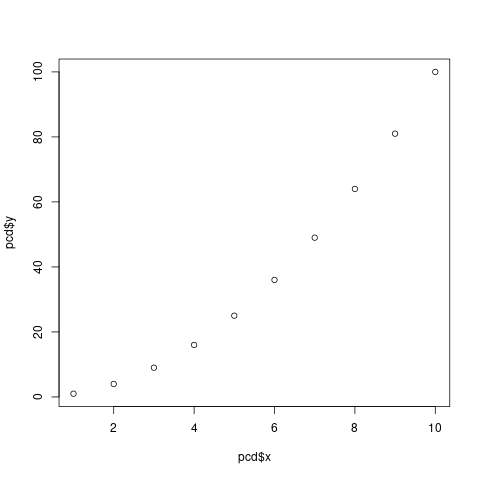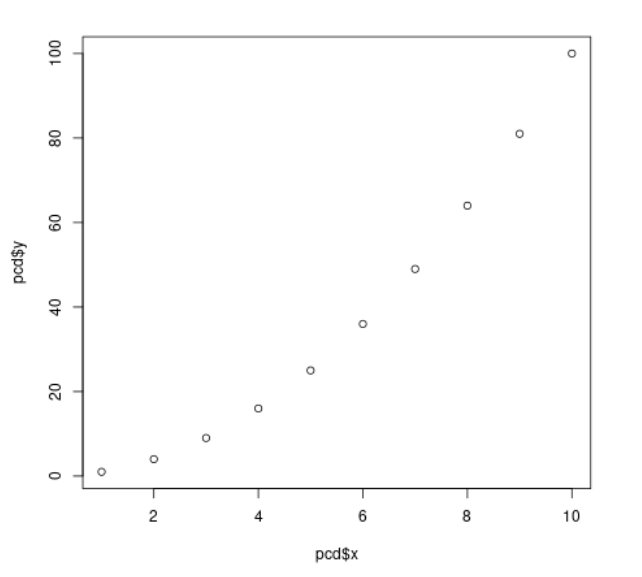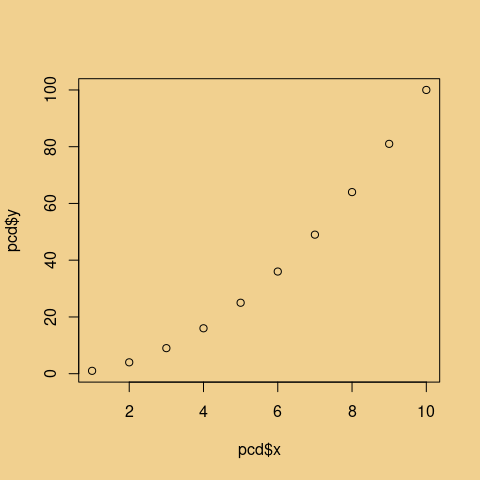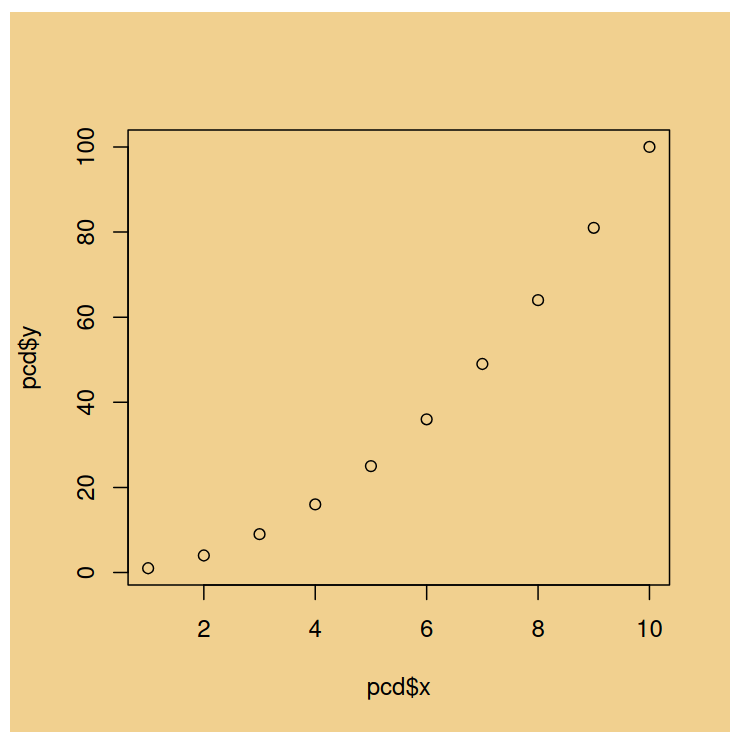authoring
authoring.Rmdpublishing context
This article addresses publishing context. The workflow scenario is authoring documentation in a Jupyter notebook. The requirement is to support rmarkdown html, rmarkdown pdf, and pkgdown article output. Details of these document pipelines are in the appendix.
jupyter header yaml
It can be convenient to have a copy and paste YAML header when creating new jupyter documents.
---
title: "authoring"
all_doc: &shared
pandoc_args:
- !with_env "--resource-path={R_HERE_HERE}/vignettes"
output:
html_document:
<<: *shared
theme: cerulean
highlight: espresso
pdf_document:
<<: *shared
---Above, we show the defaults used by metayer. However, these are easily changed via the config.yml file. Documentation is in the configuration vignette
with_pander
pander converts to markdown. with_pander
adds logging and context dependent output.
hello, stderr
# publishing context upgrade!
with_pander({
message("hello, stderr. hello, log.")
pcd
})[INFO/global] hello, stderr. hello, log. hello, stderr. hello, log.| x | y |
|---|---|
| 1 | 1 |
| 2 | 4 |
| 3 | 9 |
| 4 | 16 |
| 5 | 25 |
| 6 | 36 |
| 7 | 49 |
| 8 | 64 |
| 9 | 81 |
| 10 | 100 |
with_pander can be used with plots. It does this by
generates an image file and injecting a markdown link. By default the
image format is PNG, which is fine for HTML, but isn’t ideal for PDF
output.
# using with_pander to generate a PNG file
with_pander({
plot(pcd$x, pcd$y)
})
However, a screen grab of PDF output illustrates the image scaling artifacts that arise with a raster image.

sure_plot
sure_plot addresses this concern by inspecting
publishing context. This ensures that an HTML document will be paired
with png raster images whereas a PDF document will be paired with svg
vector images.
# Produce a context aware plot
sure_plot(
{
plot(pcd$x, pcd$y)
},
height = 5,
width = 5,
res = 96,
par_opts = list(bg = "#f1d08f")
)
And the corresponding screen grab from the PDF.

appendix
publishing formats
This snippet builds all three output formats:
article_name <- "authoring"
pub_ipynb_to_rmd(
"./vignettes/authoring.ipynb",
"./vignettes/authoring.Rmd"
)
# create standalone html and pdf
rmarkdown::render(
input = "./vignettes/authoring.Rmd",
output_format = "all"
)
# build the pkgdown article
pkgdown::build_article("authoring")incremental results
Using knitr, we can convert from the Rmarkdown format to a regular markdown file. This would be suitable for direct pandoc processing.
# be intentional about the image format
withr::with_options(
list(knitr.chunk.dev = "jpeg"),
{
knitr::knit(
"./vignettes/authoring.Rmd",
"./vignettes/authoring_jpeg.md"
)
}
)